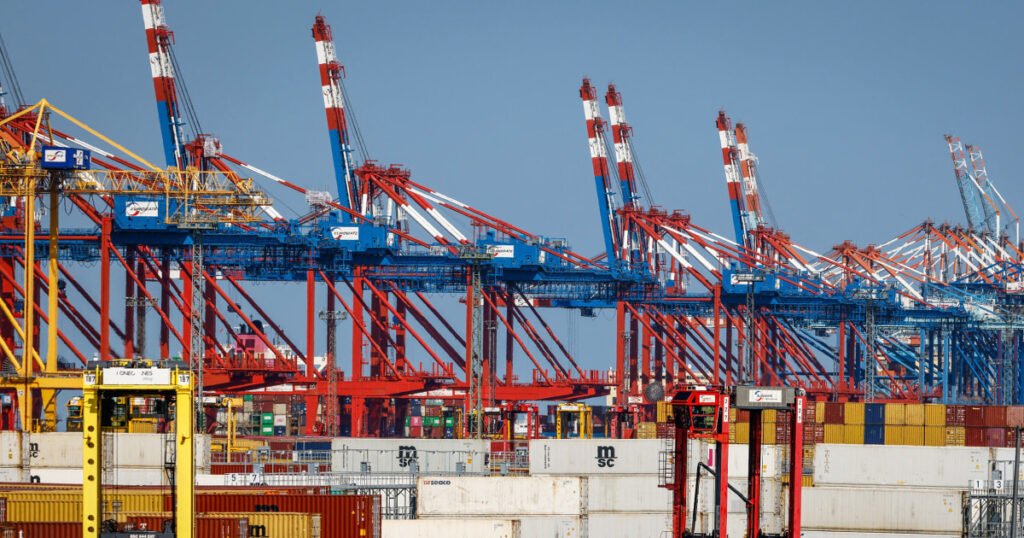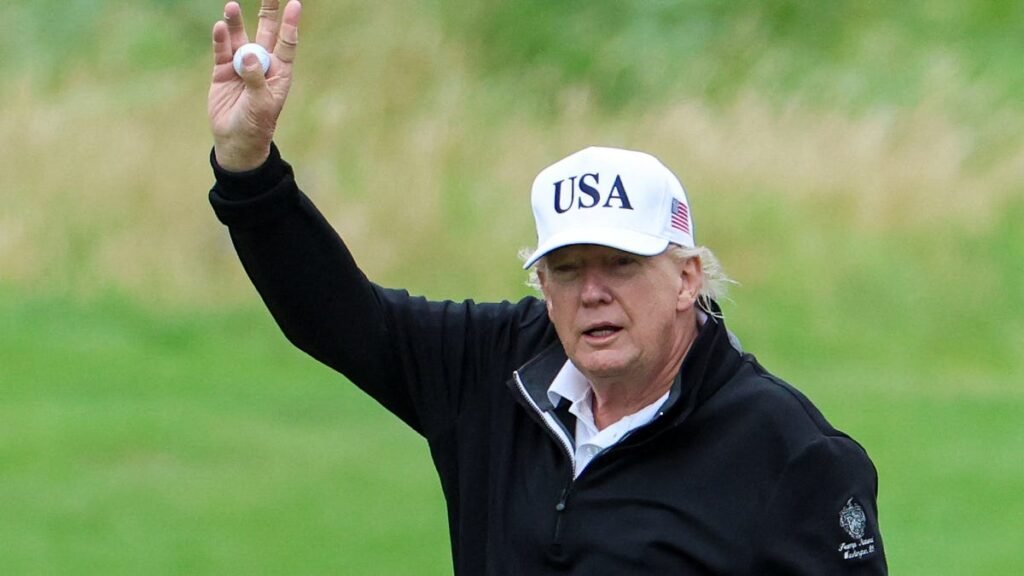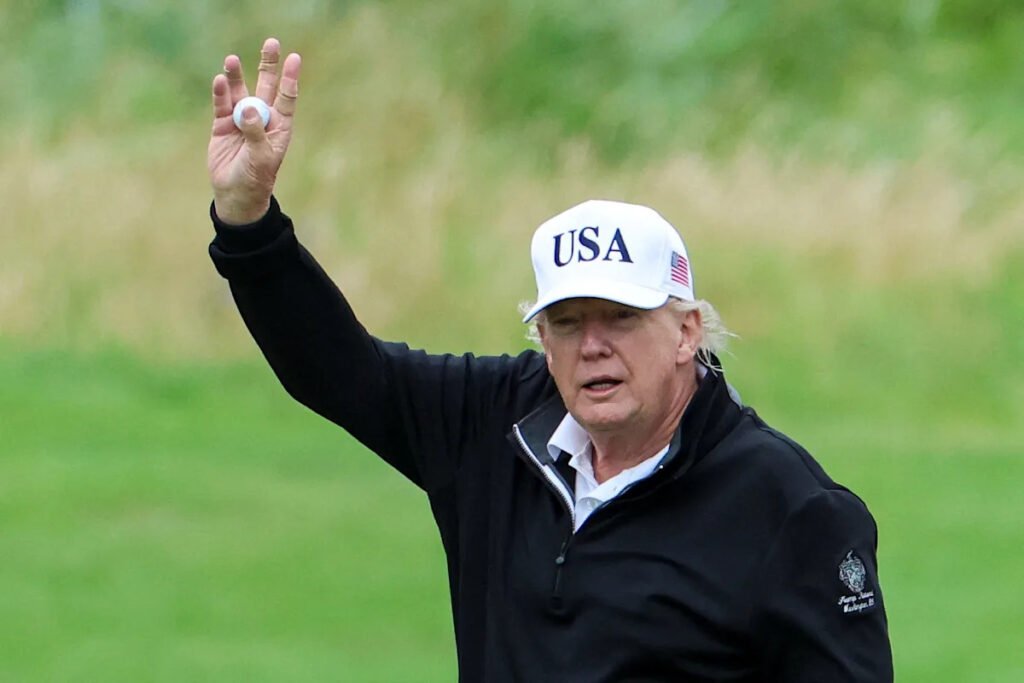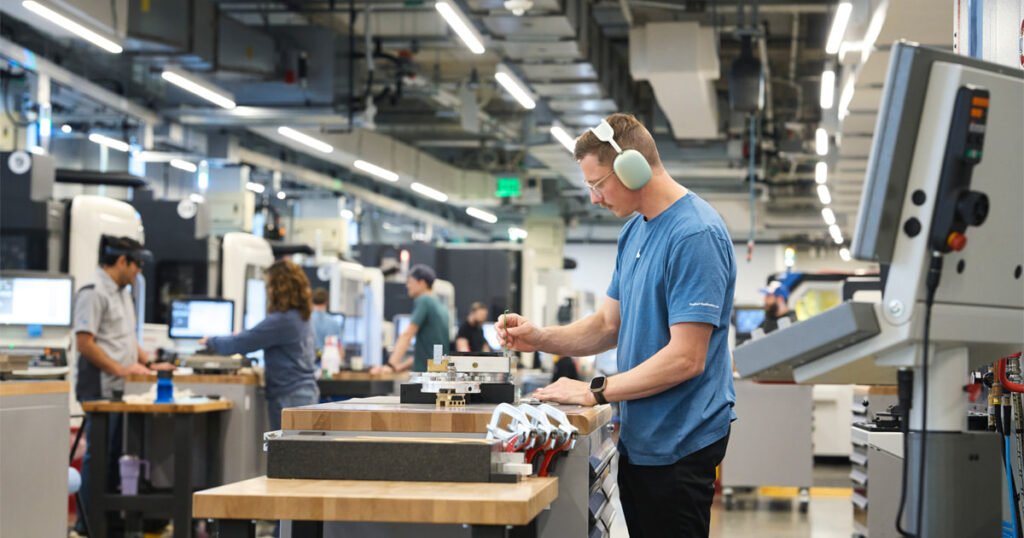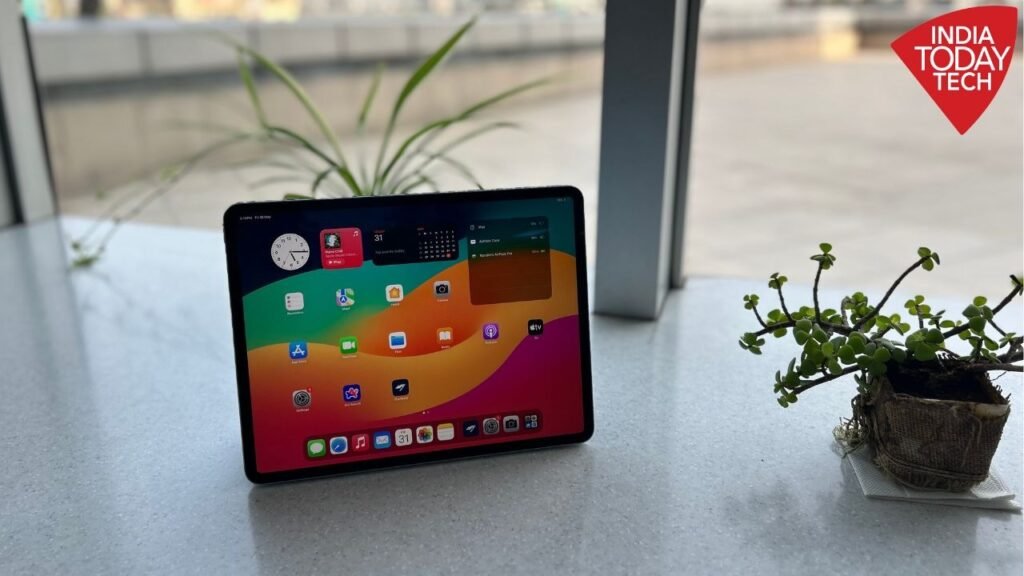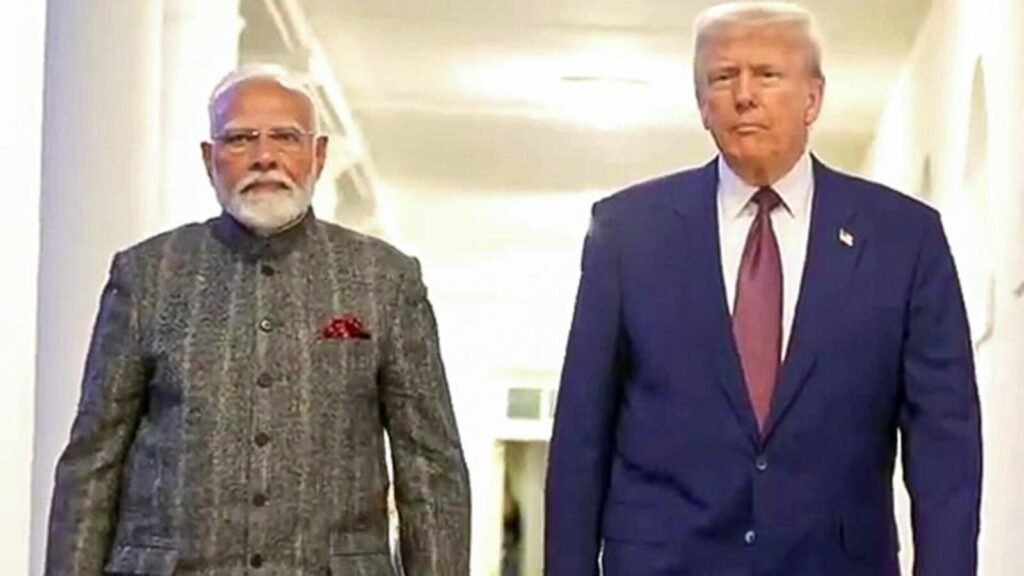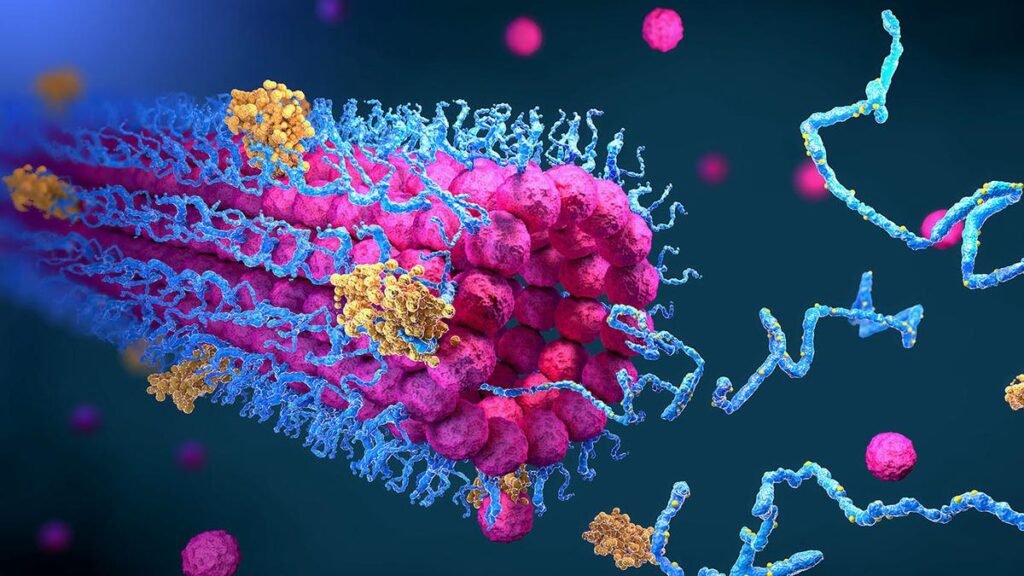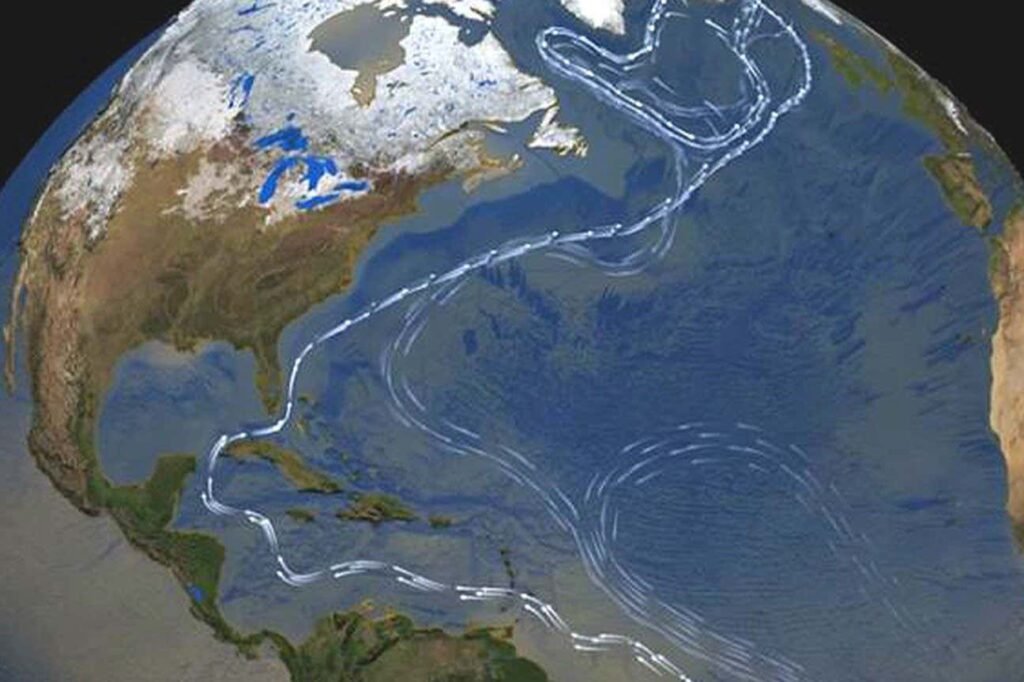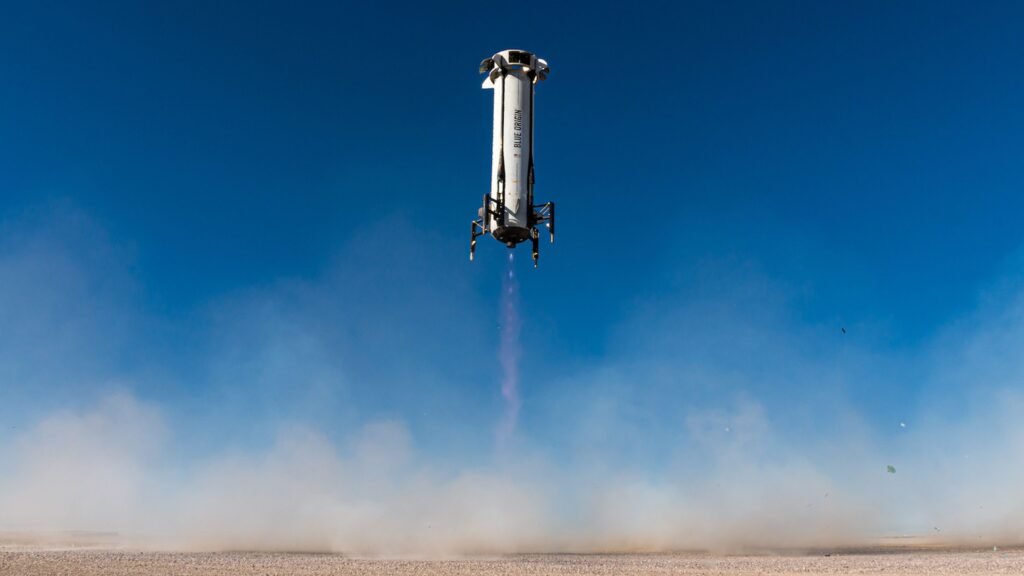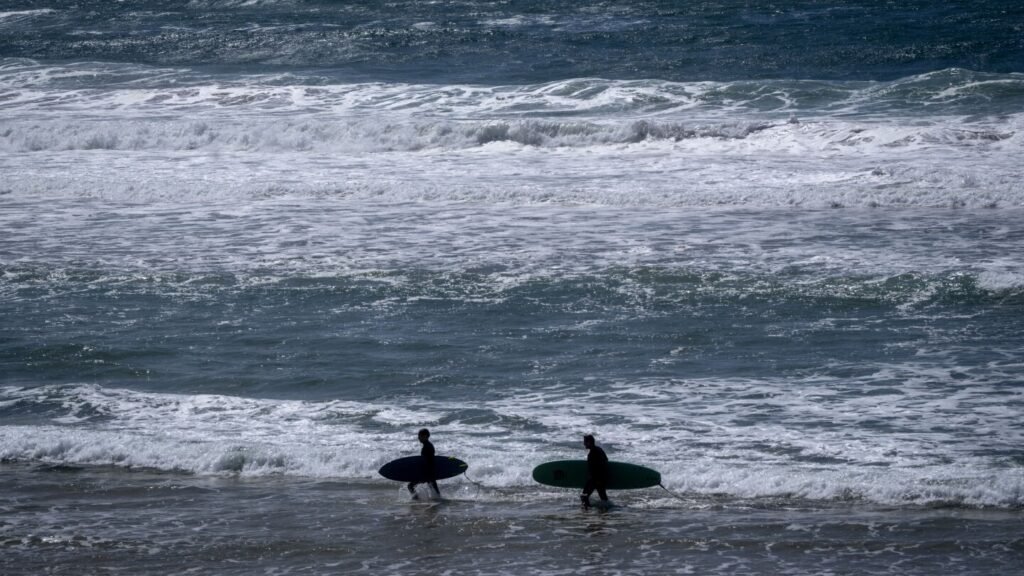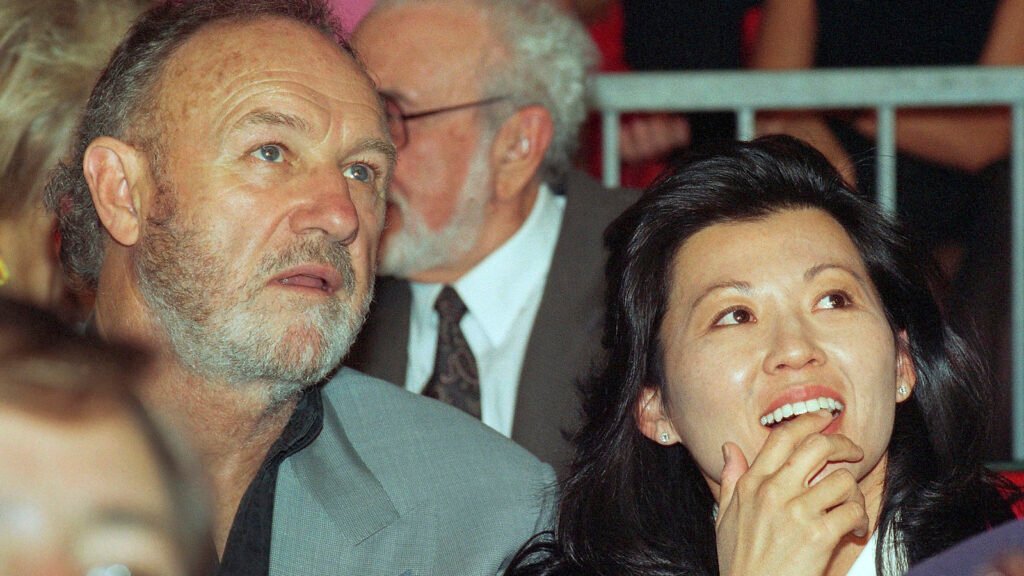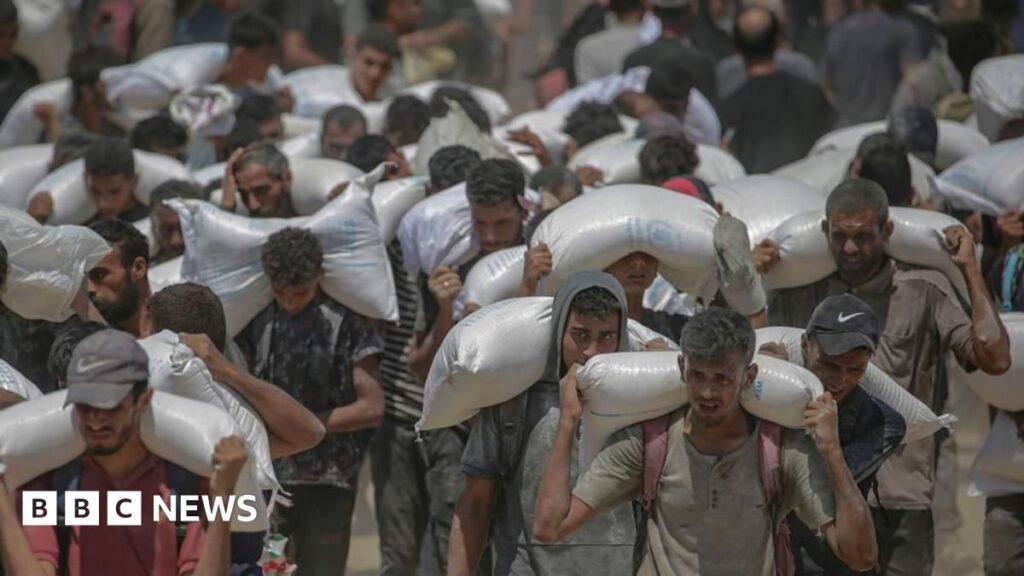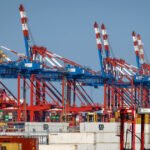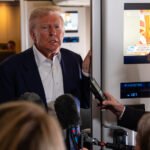Now Reading: Trump Live Updates: Latest News on Tariffs, Iran and More
-
01
Trump Live Updates: Latest News on Tariffs, Iran and More
Trump Live Updates: Latest News on Tariffs, Iran and More

Defense Secretary Pete Hegseth told Asia’s security leaders on Saturday that as Europe takes on more of its own defense, the United States would work more closely with Indo-Pacific allies. Together, he said, they would jointly build more weapons, expand training, and deter China from trying to seize disputed territory, including Taiwan.
“No one should doubt America’s commitment to our Indo-Pacific allies and partners,” Mr. Hegseth said, speaking at the Shangri-La Dialogue, an annual security forum in Singapore. “We will continue to wrap our arms around our friends and find new ways to work together.”
Stronger bonds were needed, he added, saying: “The threat China poses is real, and it could be imminent. We hope not, but it certainly could be.”
His comments outlined a familiar strategy. In a world rattled by President Trump’s tariffs and his scorn for Western allies, Mr. Hegseth confirmed that the Indo-Pacific remains a rare exception — a region where the United States favors continuity in security alliances more than disruption.
In terms of actual defense policy, the approach Mr. Hegseth described largely echoed what his predecessor Lloyd J. Austin III laid out last year at the same forum.
Mr. Hegseth spoke about efforts to disperse U.S. forces and abilities more widely through the region, citing the recent move of uncrewed anti-ship missile batteries to the outer islands of the Philippines close to Taiwan, the self-governed island that China claims as its own territory. He also described plans to deepen training with partners from India to Australia, and to do more shared production of weapons, like artillery shells and drones.
All of these efforts got their start before the second Trump term.
Some analysts saw inertia — what the Biden administration set in motion continues because Mr. Trump is focused elsewhere. But other experts and U.S. officials say that the approach Mr. Hegseth described reflects a bipartisan consensus of urgent concern about China’s military growth, which continues to stun Washington with its speed and scale, and a quiet recognition that America can deter China only with deeper alliances.
“The U.S. needs more runways, more ports, more access to go where the Chinese are going, but also to have options in case big U.S. bases get hit with missiles,” said Michael J. Green, a former National Security Council official who now heads the United States Studies Center at the University of Sydney in Australia.
“We can’t really operate without allies,” he added, “and they can’t really operate without us.”
And yet, as many officials in the region are quick to note, the Trump administration’s approach to these relationships has been disjointed and contradictory.
The White House has weakened the bonds of commerce through tariffs that threaten the economies of vital allies like Japan. Suspending visa interviews for foreign students has undermined good will. And Mr. Trump’s efforts to pressure Ukraine into a peace deal with Russia have raised anxiety in Taiwan about whether the United States could be relied on in a crisis.
Many countries have incorporated distrust of America into their long-term plans.
“Too much has happened for the trust to be regained,” said Sarang Shidore, the director of the global south program at the Quincy Institute, a think tank in Washington.
During a question-and-answer session, Mr. Hegseth dismissed concerns about the White House’s tariff campaign.
“I’m happily in the business of tanks, not trade,” he said.
Mira Rapp-Hooper, a former National Security Council official in the Biden White House who worked on alliances in the Asia-Pacific region, said the Trump administration may be underestimating the impact of its assault on free trade.
“All of these countries have their own domestic politics,” said Ms. Rapp-Hooper, now a partner at the Asia Group. “And so the idea that the United States can just institute its tariff policy and not be super clear about its regional policy, and then just pick up when it wishes, I think will not turn out to be right.”
In his speech, Mr. Hegseth also noted that Mr. Trump would increase the U.S. defense budget to $1 trillion, arguing that Asian allies should spend more, and look to Europe for examples.
“NATO members are pledging to spend 5 percent of their G.D.P. on defense,” he said. “So it doesn’t make sense for countries in Europe to do that while key allies in Asia spend less on defense in the face of an even more formidable threat.”
Mr. Hegseth made clear which threat he meant, referring repeatedly to “Communist China.”
“We do not seek to dominate or strangle China, to encircle or provoke,” he told the gathered crowd of defense ministers. He also made a joke about Beijing failing to send a high-level delegation to Shangri-La — a rare absence from the forum. And he criticized China’s rapid military buildup, with “huge investments in nuclear weapons, hypersonics and amphibious assault capabilities.”
“China seeks to become a hegemonic power in Asia, no doubt,” Mr. Hegseth said.
Chinese scholars expressed surprise at his tone. Da Wei, the director of the Center for International Security and Strategy at Tsinghua University in Beijing, described Mr. Hegseth’s statements as “very confrontational” and “very unfriendly.”
Mostly, though, Mr. Hegseth seemed eager to reassure allies that Mr. Trump’s approach to the world included an important place for Asia. He cited a recent upgrade of the joint U.S.-Japan command structure, the deployment of new anti-missile defense systems across the region, and increased sharing of technology.
“We want to empower you as partners, not dependents, to work more capably with the United States,” he said, adding, “America first certainly does not mean America alone.”
Analysts said Mr. Hegseth — and the Trump administration, for now at least — seems to recognize that the challenge in Asia looks very different from Europe or the Middle East.
China is more capable than any other U.S. adversary. Allies in Asia are less woven into American operations than those in the North Atlantic Treaty Organization.
U.S. strategy in this vast theater covering more than half of the planet still consists mostly of bilateral treaties and a hub-and-spoke model from an age when American military dominance was unchallenged. In short, as American military officials in the region have argued for years, an upgrade is needed.
Ely Ratner, a former U.S. assistant secretary of defense for Indo-Pacific security affairs under President Joseph R. Biden Jr., suggested in a recent essay in Foreign Affairs that the United States and its allies in Asia should form a collective defense pact, similar to NATO. That would pose major challenges in an era of international distrust, however, when Americans are unsure about whether their nation should continue to play a major role in world affairs.
In an interview, Mr. Ratner said the main question now was whether partners in the region would continue to accelerate their plans with the United States to deter and balance China.
“Staying in place won’t be enough,” he said. “They also need to be willing to do more, because China will not be staying in place.”
Mr. Hegseth’s message was similar.
“We have to move quickly,” he said. “We have no time to waste.”
Christopher Buckley contributed reporting from Sydney, Australia.
